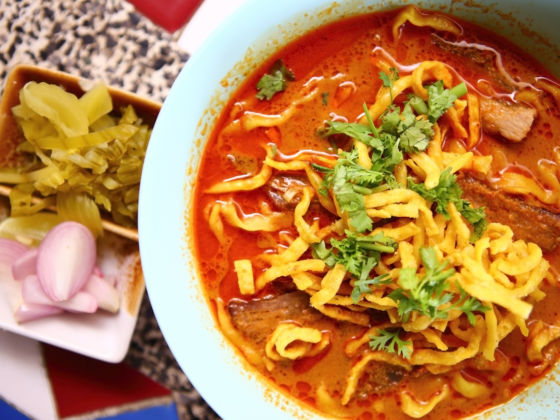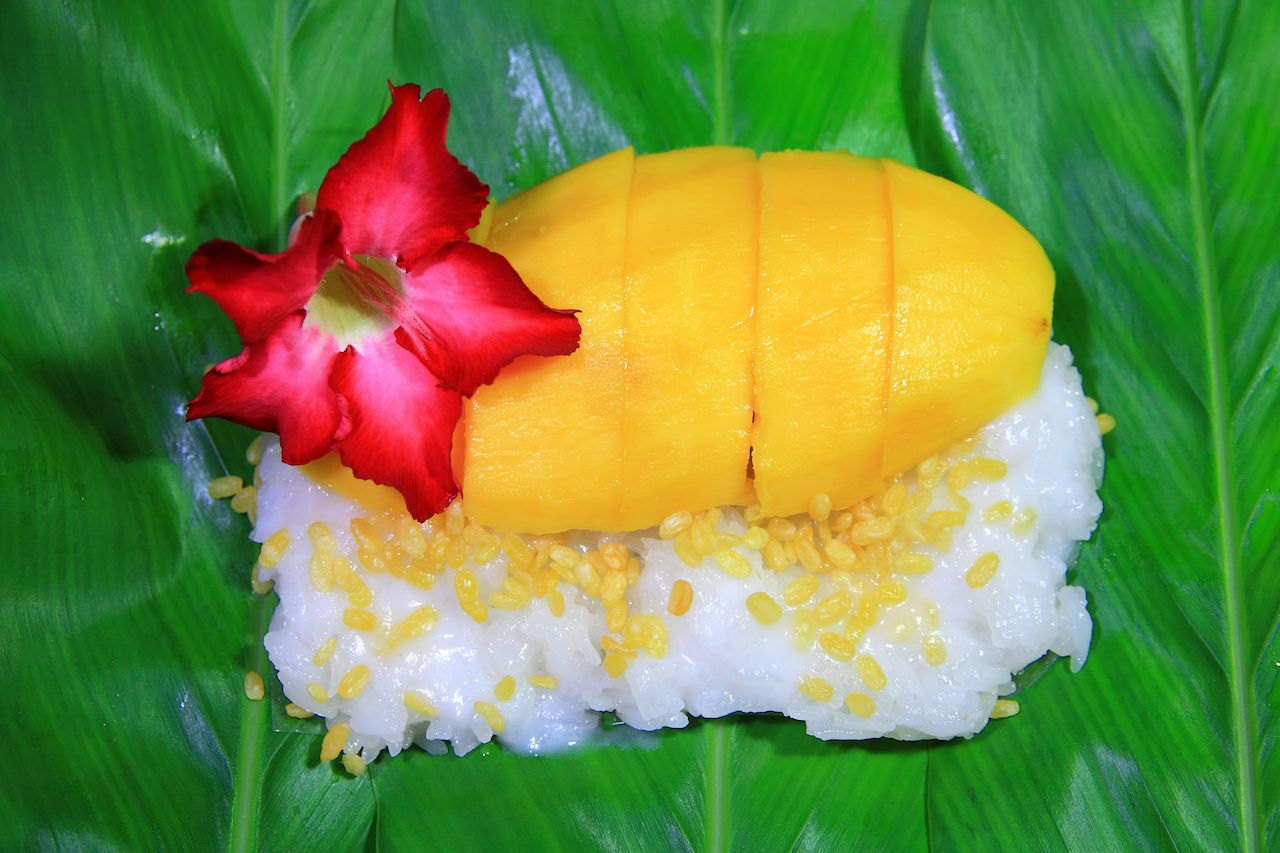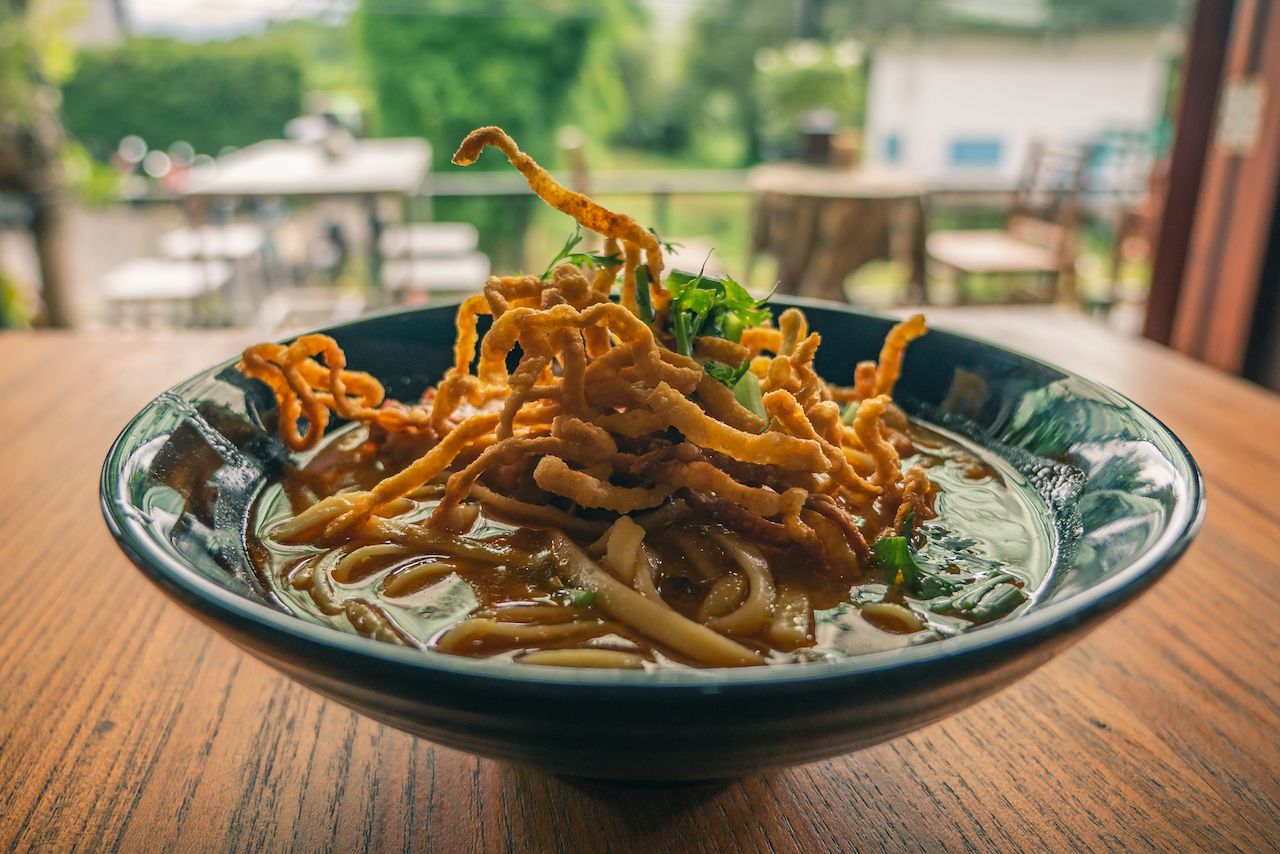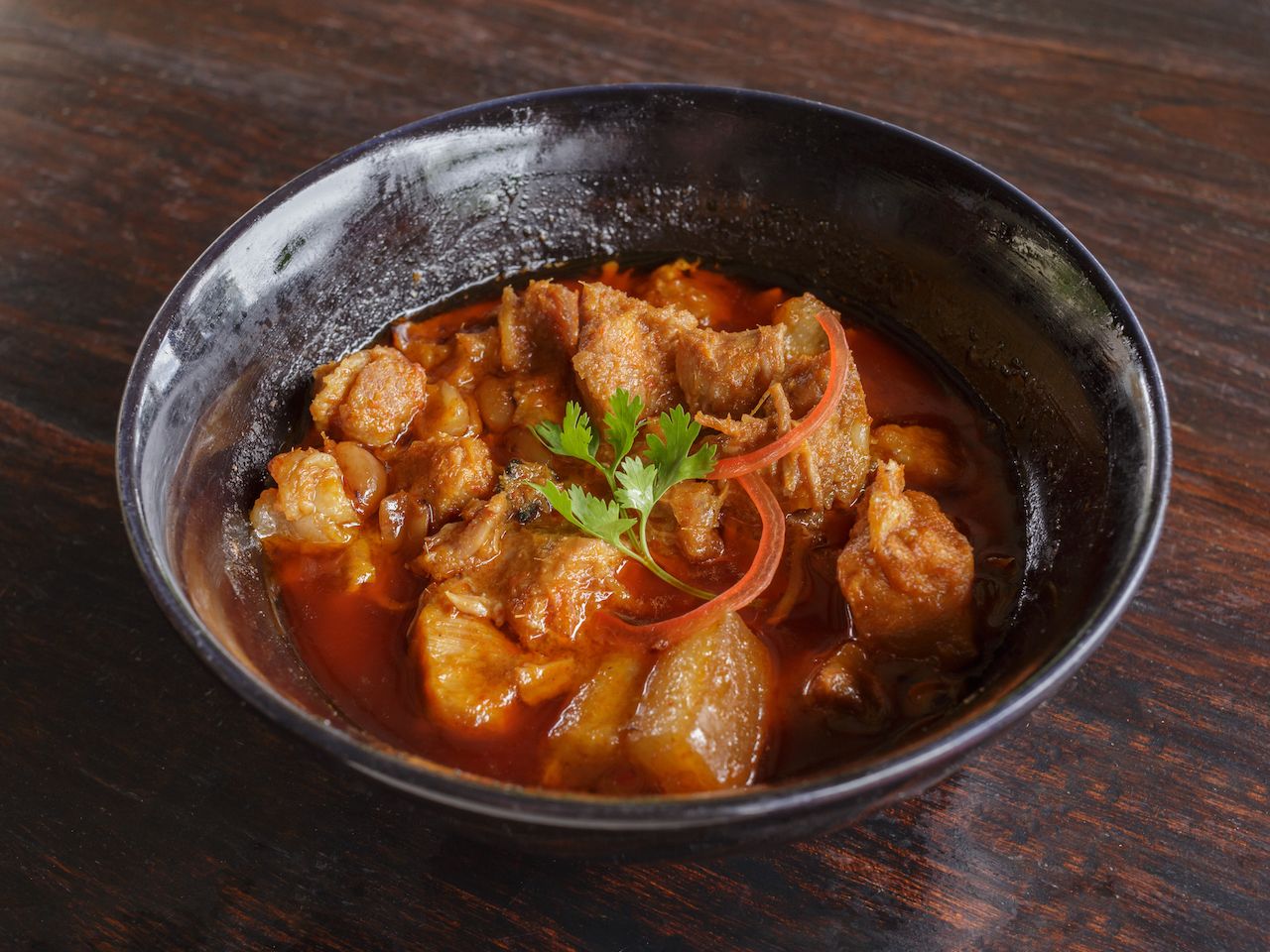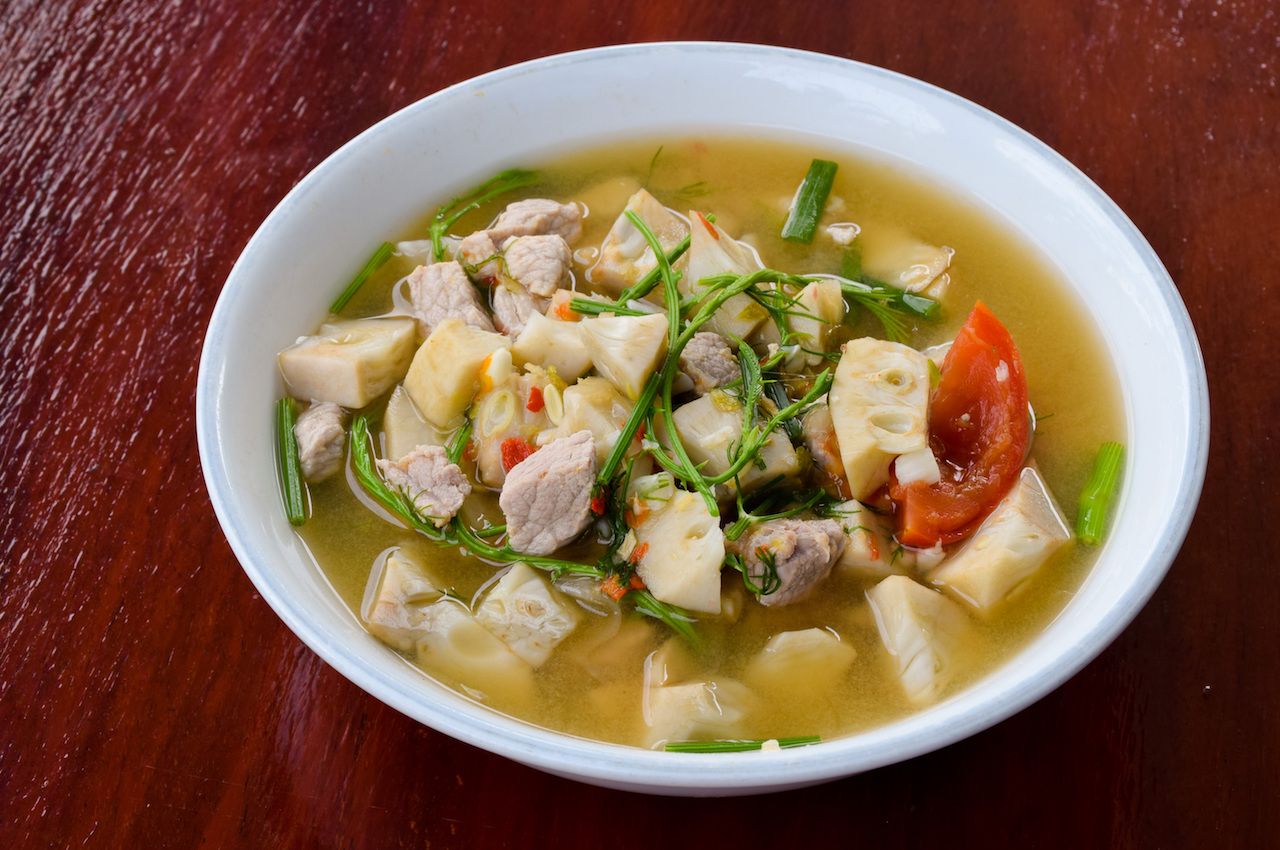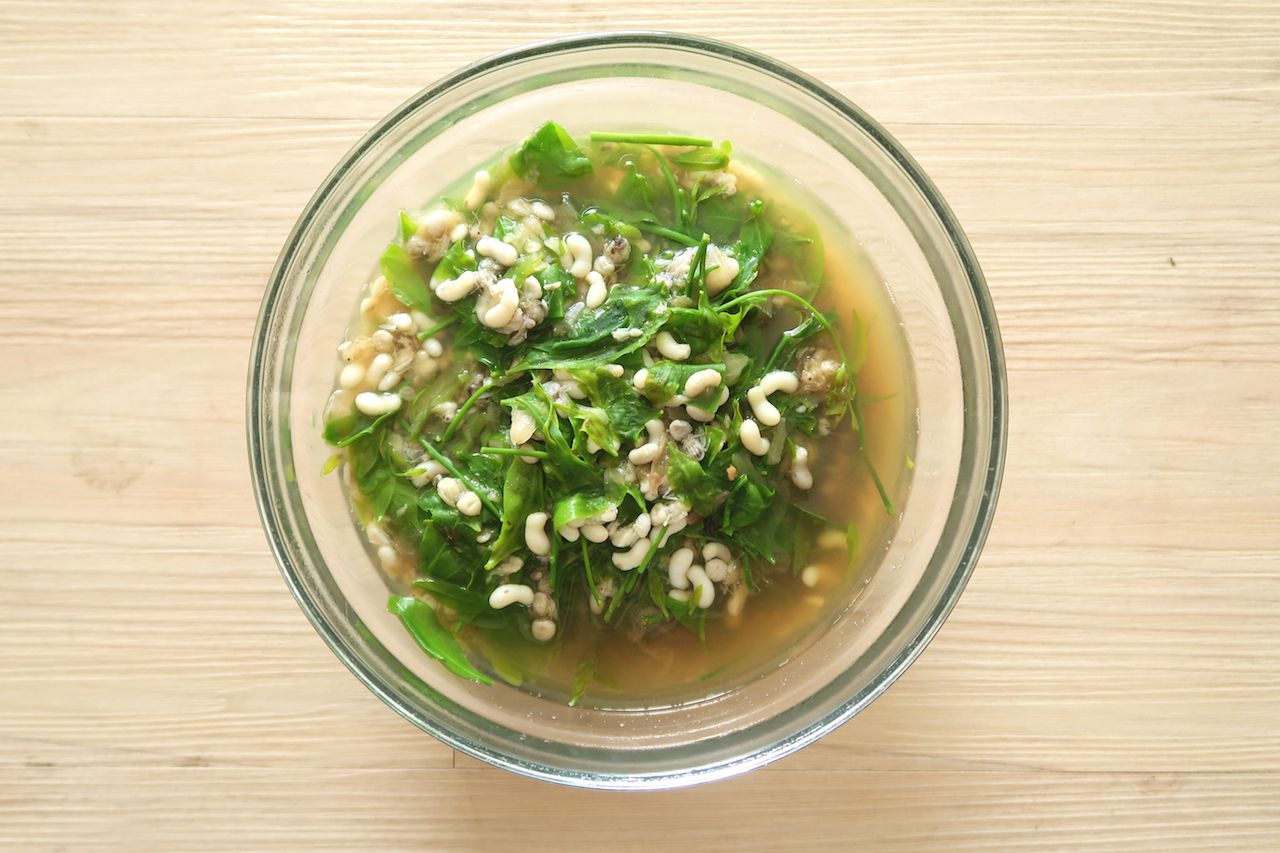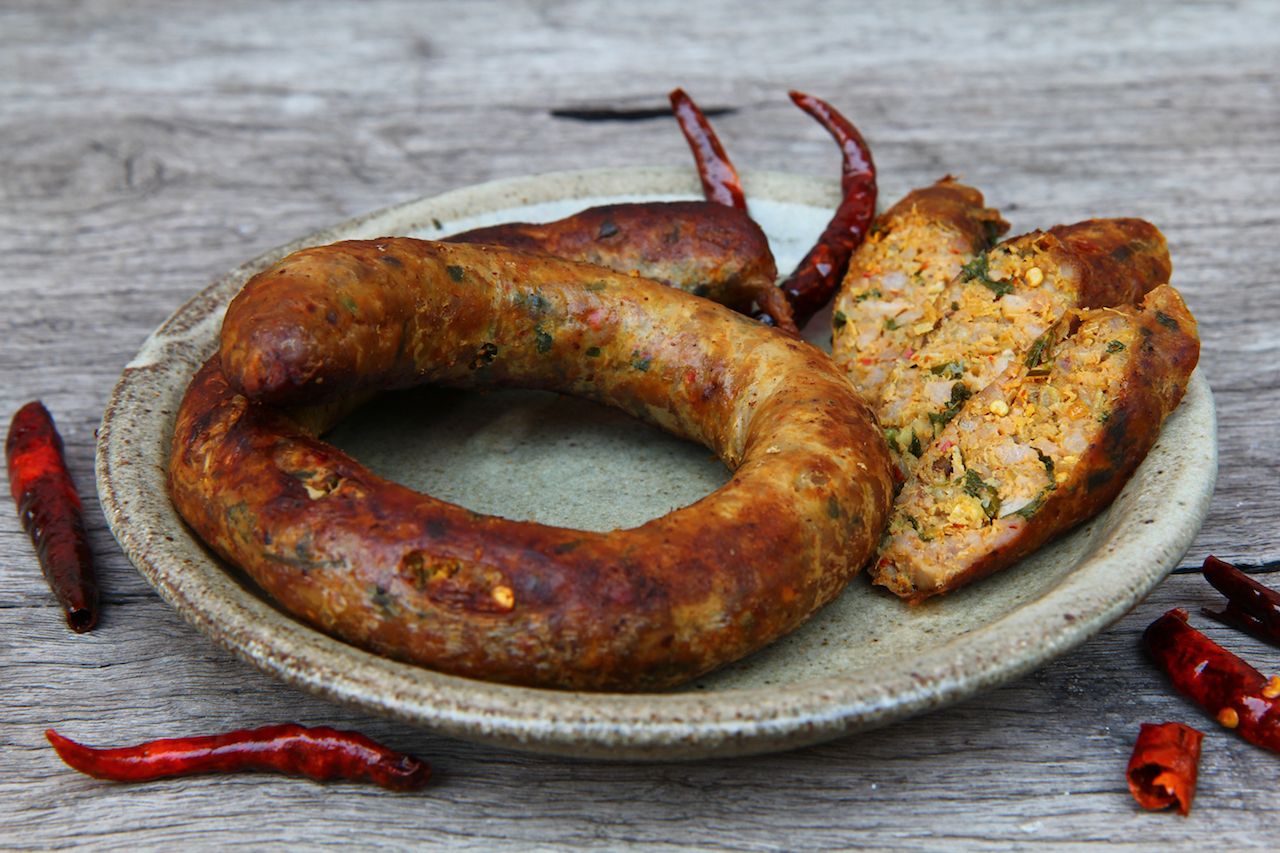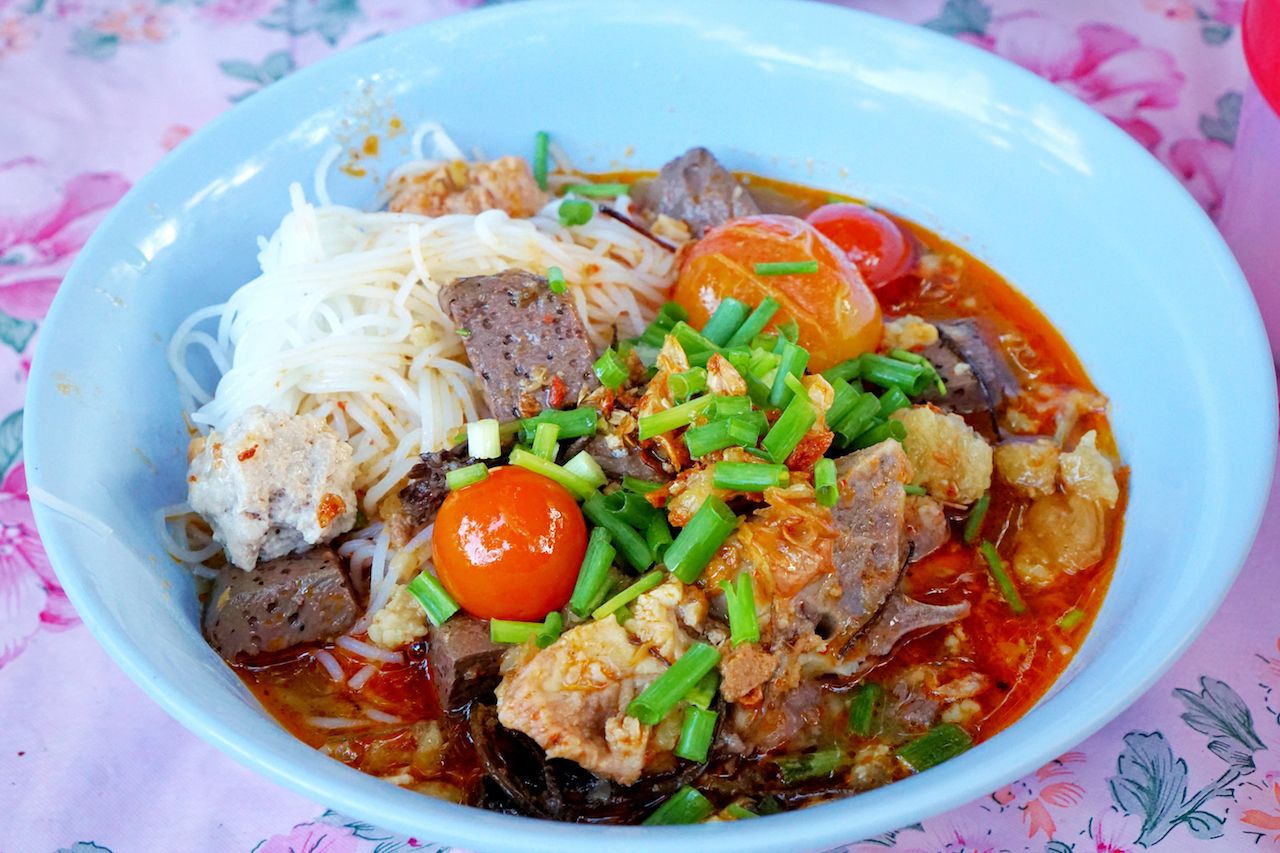Visit a Thai restaurant in the US and you’re likely to see yellow curries and pad prik khing next to drunken noodles and pad thai. Fine dishes in their own right, but many of Thailand’s best recipes actually come from in and around the northern city of Chiang Mai. Northern Thai recipes aren’t as well traveled as their southern counterparts, often making it tougher to enjoy a hearty bowl of khao soi the further you are from the area. Which makes a visit to the region all the more worth it for the culinary inclined.
Meals in Chiang Mai are cheap, and quality street vendors are as plentiful as the vibrant cafes and restaurants that line the fortified city center. The modern city extends far beyond the original enclosed space, so do yourself a favor and venture out when seeking these seven dishes. Your taste buds will thank you.
